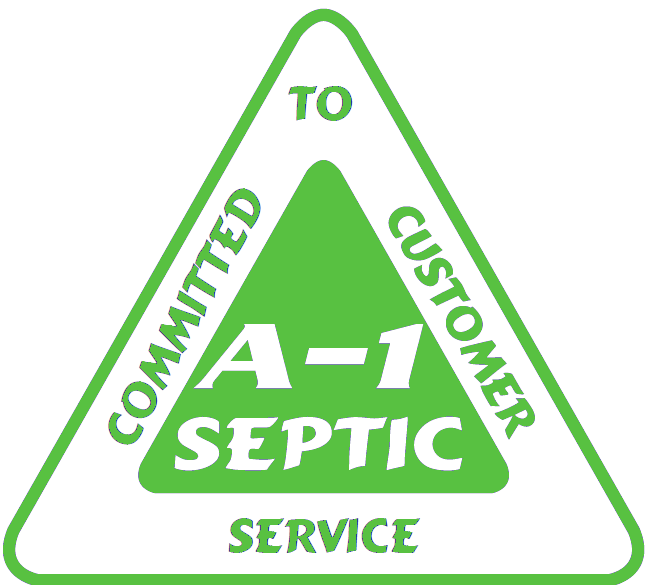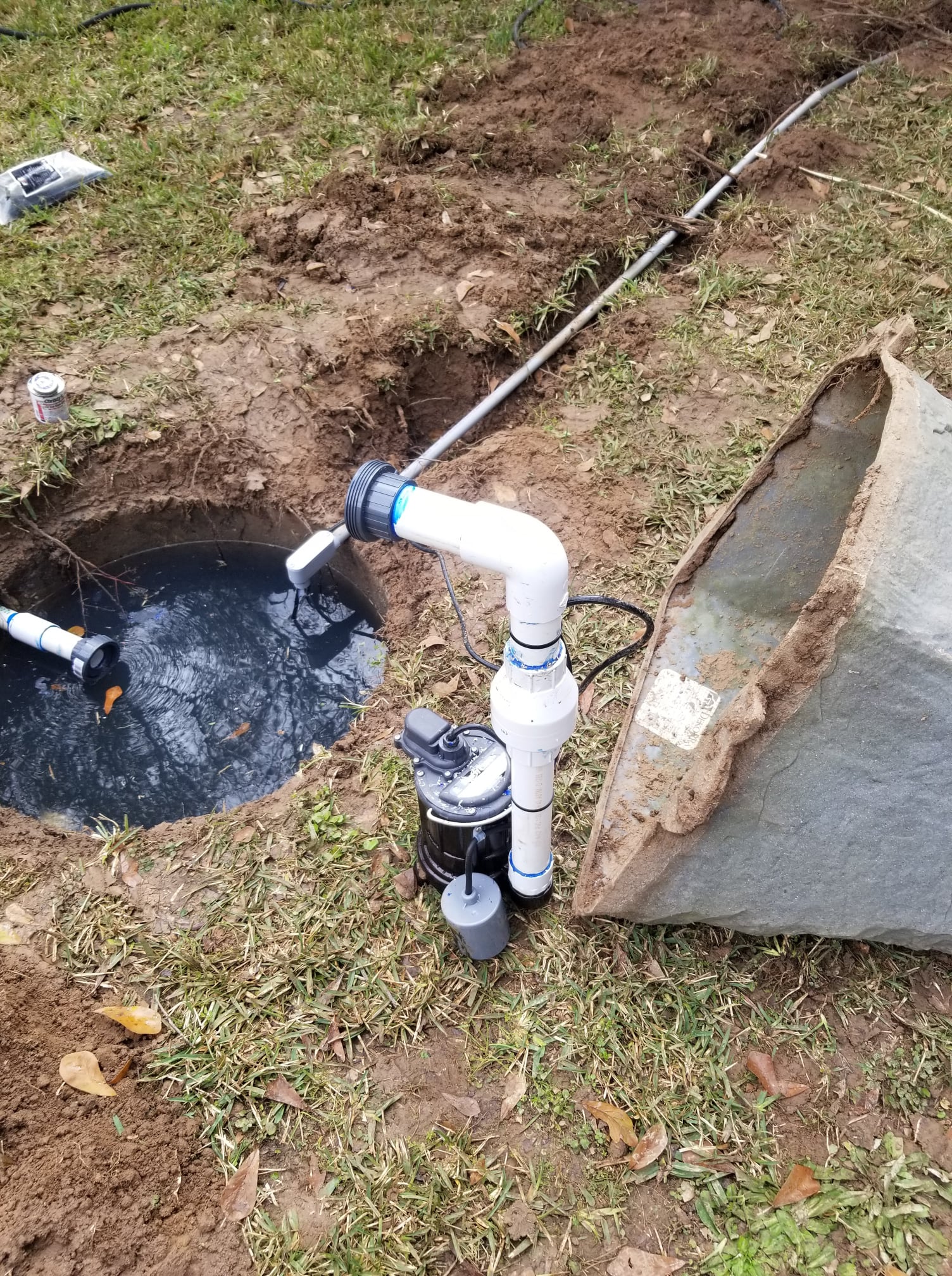Septic Tank Installations

Septic Tank Installations Service in Spring, Texas
Importance of Professional Septic Tank Installations in Spring, TX
Having a professional septic tank installation in Spring, TX, is essential to ensure your home's plumbing system runs smoothly and efficiently. An experienced professional will know exactly how to install the correct size of the tank, as well as proper placement, so it functions correctly. They will also provide maintenance services when needed, ensuring your system stays in optimal condition throughout its lifetime. A poorly installed or maintained septic tank can lead to major problems that can be costly and inconvenient for you and your family. Investing in professional septic tank installation ensures a safe and efficient waste disposal solution for years to come.

Things To Consider Before Installing Septic Tank In Your House?
Installing a septic tank in your house is a big decision, and it's important to consider some things before taking the plunge. Here are some key points to keep in mind:
- Firstly, check with local regulations and make sure you have the required permits for installing such an advanced system.
- Be aware of whether your property has a suitable area for the installation of septic tanks, as well as access to maintenance services if needed.
- Research different types of septic systems available on the market and compare costs, features, warranties, and other factors like size and capacity that could affect your final decision.
- Consider the overall cost associated with the installation of such a system, including excavation, piping material, etc.; this may vary depending on specific location requirements.
- Find out about local support services related to such installations; they can provide useful advice when making decisions regarding this major investment.
- Make sure you hire experienced professionals who understand all aspects involved in the proper planning and installation process; mistakes here could be costly down the road!
How Much Land Do You Need To Put A Septic System In Texas?
The amount of land needed to install a septic system in Texas will vary based on several factors. Generally, it is recommended that the area allocated for a septic system should be at least 1000 square feet, but it can take up to two acres depending on the size of the building and the type of soil found in the area. If there are more than three bedrooms or bathrooms connected to your home, additional land may be necessary. Additionally, if you plan on having many occupants using your septic tank, extra space will also need to be provided. It's important to note that all permits must be obtained before installing a septic tank in Texas, so make sure you check local regulations first!

A-1 Cleaning & Septic Systems LLC - Septic Installation Experts in Spring, TX
If you're in need of septic installation services in Spring, TX, look no further than A-1 Cleaning & Septic Systems LLC. We specialize in quality installations and repairs for residential and commercial customers at competitive prices. With our decades of experience and commitment to customer satisfaction, we are the premier choice for all your septic needs!
FAQ's
How do I know if I need a septic tank installation?
Septic tanks are essential for homes not connected to a municipal sewer system. Signs you may need one include building a new home in a rural area or experiencing ongoing plumbing issues with no sewer access. During a consultation, we assess your property’s soil, size, and water table to recommend the most suitable septic system. At A-1 Cleaning & Septic Systems, LLC, we ensure compliance with local regulations for a hassle-free installation.
What types of septic systems are available, and which is right for me?
Common systems include conventional, aerobic, and mound systems. Conventional systems work well for properties with suitable soil, while aerobic systems use oxygen to treat wastewater more efficiently, ideal for areas with poor soil drainage. Mound systems are often necessary when the water table is high. Our experts evaluate your soil, space, and household size to recommend the best option for your needs.
How long does it take to install a septic tank?
A standard septic tank installation usually takes 3 to 7 days, depending on factors like the system type, site preparation, and weather conditions. Permitting and inspections may add extra time. At A-1 Cleaning & Septic Systems, LLC, we manage the entire process — from obtaining permits to final inspections — ensuring a smooth and efficient installation.
What permits and regulations apply to septic tank installations in Spring, Texas?
Septic installations in Texas require permits from the local health department or environmental agency. Regulations cover aspects like tank size, soil conditions, and setback distances from water sources. Our team handles all permitting, ensuring your system complies with state and local regulations. We also conduct soil testing and submit detailed site plans for approval, simplifying the process for you.
What is the typical cost of a septic tank installation?
Septic tank installation costs vary depending on the system type, soil condition, and size of your household. Conventional systems are typically more affordable, while aerobic or engineered systems can be more expensive. Additional factors like excavation, permits, and labor influence pricing. At A-1 Cleaning & Septic Systems, LLC, we provide transparent estimates and recommend cost-effective solutions to fit your budget.
How do I prepare my property for a septic tank installation?
Before installation, we advise clearing any obstacles like trees, debris, or structures in the designated area. Soil testing may require small test pits. It’s essential to ensure accessible pathways for heavy equipment. Our team will guide you through the entire preparation process, offering clear instructions to avoid unnecessary delays.
What maintenance is required for a septic tank after installation?
Routine maintenance ensures your septic system operates efficiently. Pumping the tank every 3 to 5 years prevents sludge buildup. Regular inspections identify issues early, while conserving water and avoiding flushing non-biodegradable materials extend system life. We offer maintenance plans tailored to your system type, ensuring it remains in top condition for years.
What are the signs of septic system failure?
Warning signs include slow drains, sewage backups, foul odors, and soggy patches in your yard. Gurgling sounds in plumbing fixtures may also indicate system strain. Catching these issues early prevents costly repairs. Our team offers emergency inspections and repairs to address failures promptly, restoring your system’s functionality.
Are there any hidden benefits of a properly installed septic tank?
In addition to wastewater management, a well-maintained septic system protects the environment by filtering harmful bacteria before returning water to the soil. It also offers independence from municipal sewer fees, often reducing long-term expenses. Plus, modern systems like aerobic treatment units can enhance water quality, contributing to groundwater preservation.
Can a septic system increase property value?
Yes! A well-installed and properly maintained septic system can add value to your home, especially in areas without municipal sewer access. Prospective buyers often view septic systems as a reliable, low-maintenance wastewater solution. We provide documentation of installation and maintenance, offering buyers confidence in the system’s condition.


